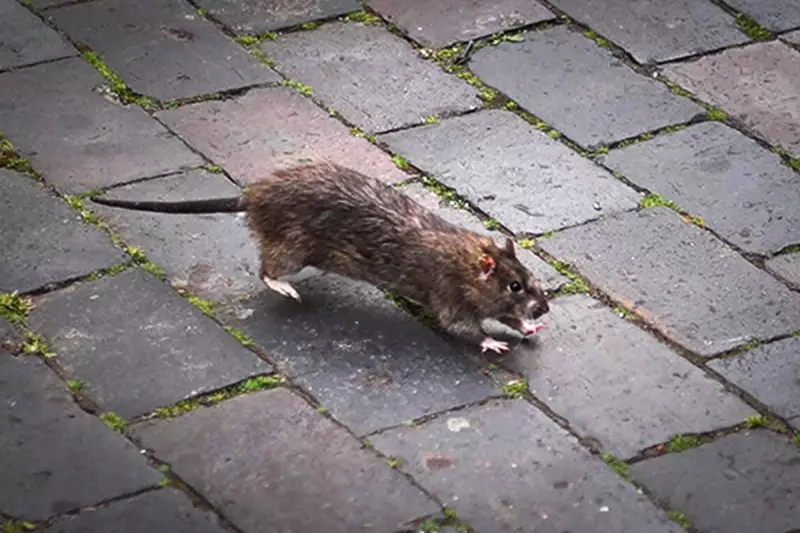
Britain is facing a growing crisis as giant rats infest homes and public spaces across the country, with new data highlighting the worst-affected areas. Councils are under increasing pressure to tackle the problem, as reports of oversized rodents surge.
Where Are the Worst Rat Hotspots?
Recent figures show that Westminster tops the list for rat-related complaints, followed by other urban areas where food waste and ageing infrastructure provide ideal breeding grounds for these pests. Residents report rats the size of small cats, with some even brazenly entering homes in search of food.
Why Are Rats Getting Bigger?
Experts suggest several factors contributing to the rise of giant rats:
- Increased urban waste providing abundant food sources
- Milder winters allowing larger populations to survive
- Evolutionary adaptation to rodenticides
- Expansion of underground networks giving rats more space to grow
Council Responses and Public Concerns
Local authorities report a significant increase in pest control requests, with some councils seeing a 30% rise in rodent-related calls compared to previous years. However, budget cuts have left many struggling to maintain effective control programmes.
Public health officials warn that the situation poses serious risks:
- Spread of diseases like leptospirosis and salmonella
- Damage to property and infrastructure
- Psychological distress for affected residents
- Potential contamination of food supplies
What Can Be Done?
Pest control experts recommend:
- Securing food waste in rodent-proof bins
- Sealing entry points in buildings
- Community-wide efforts rather than individual property treatments
- Innovative control methods beyond traditional poisons
As the problem continues to grow, calls are mounting for a coordinated national response to what many are calling Britain's 'giant rat epidemic'.





